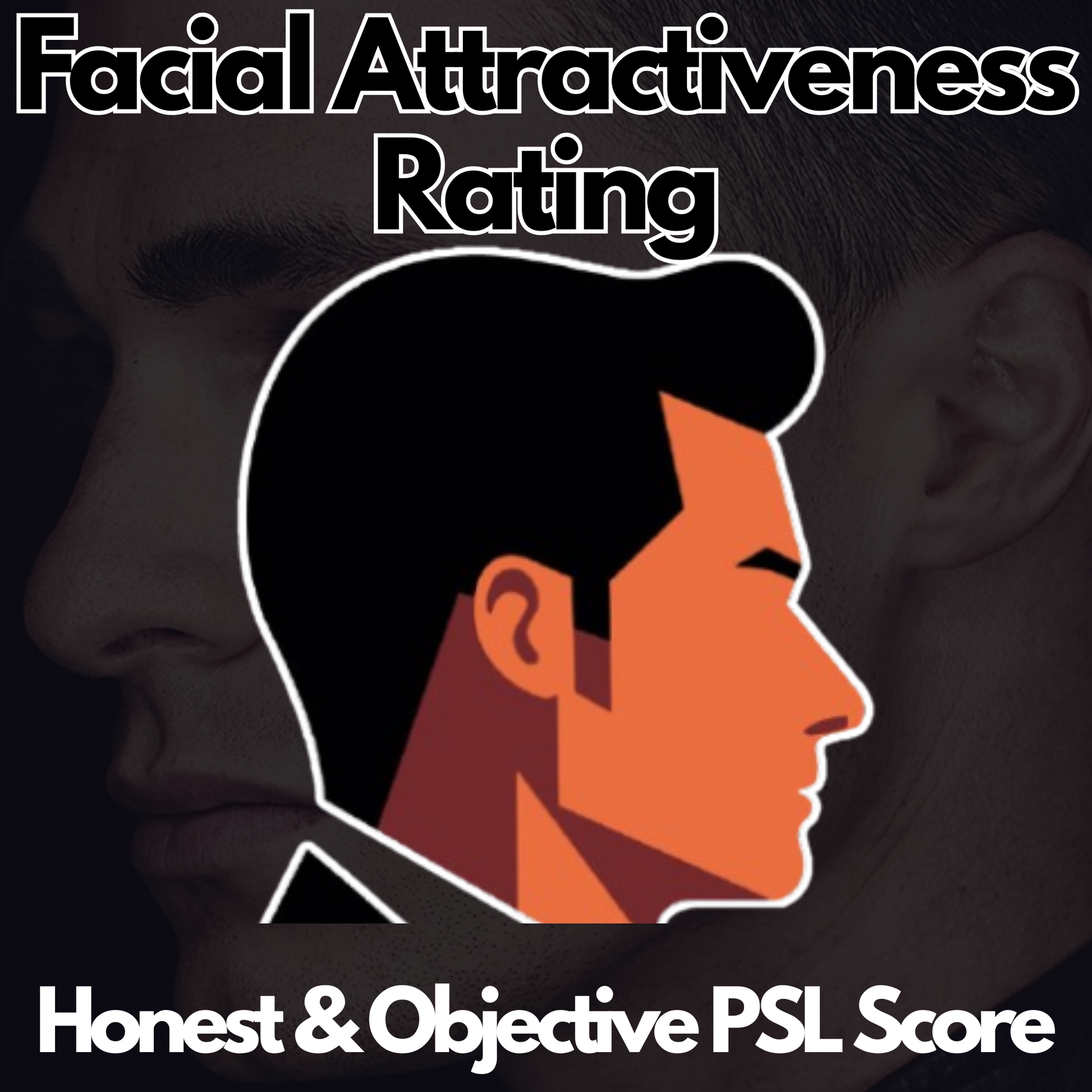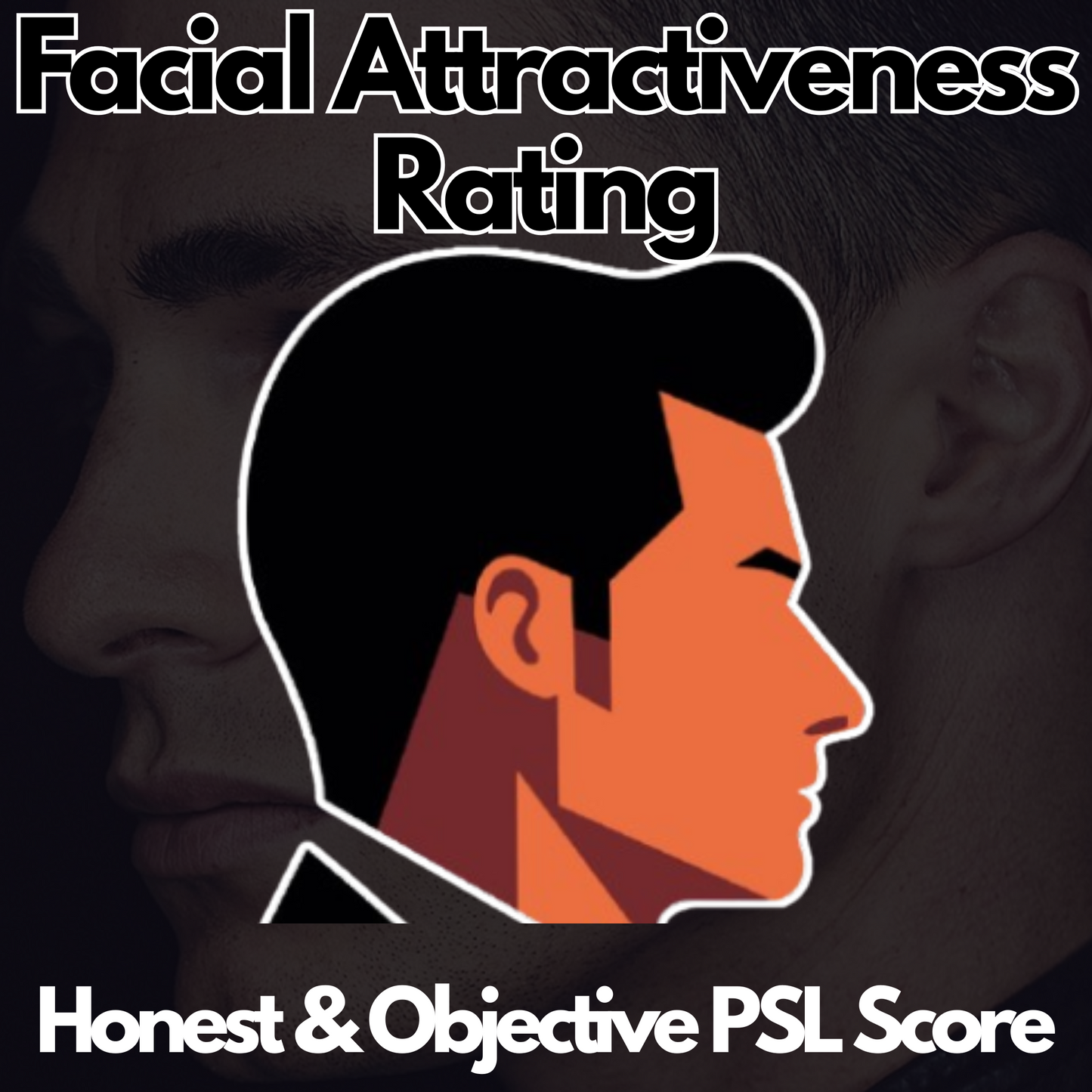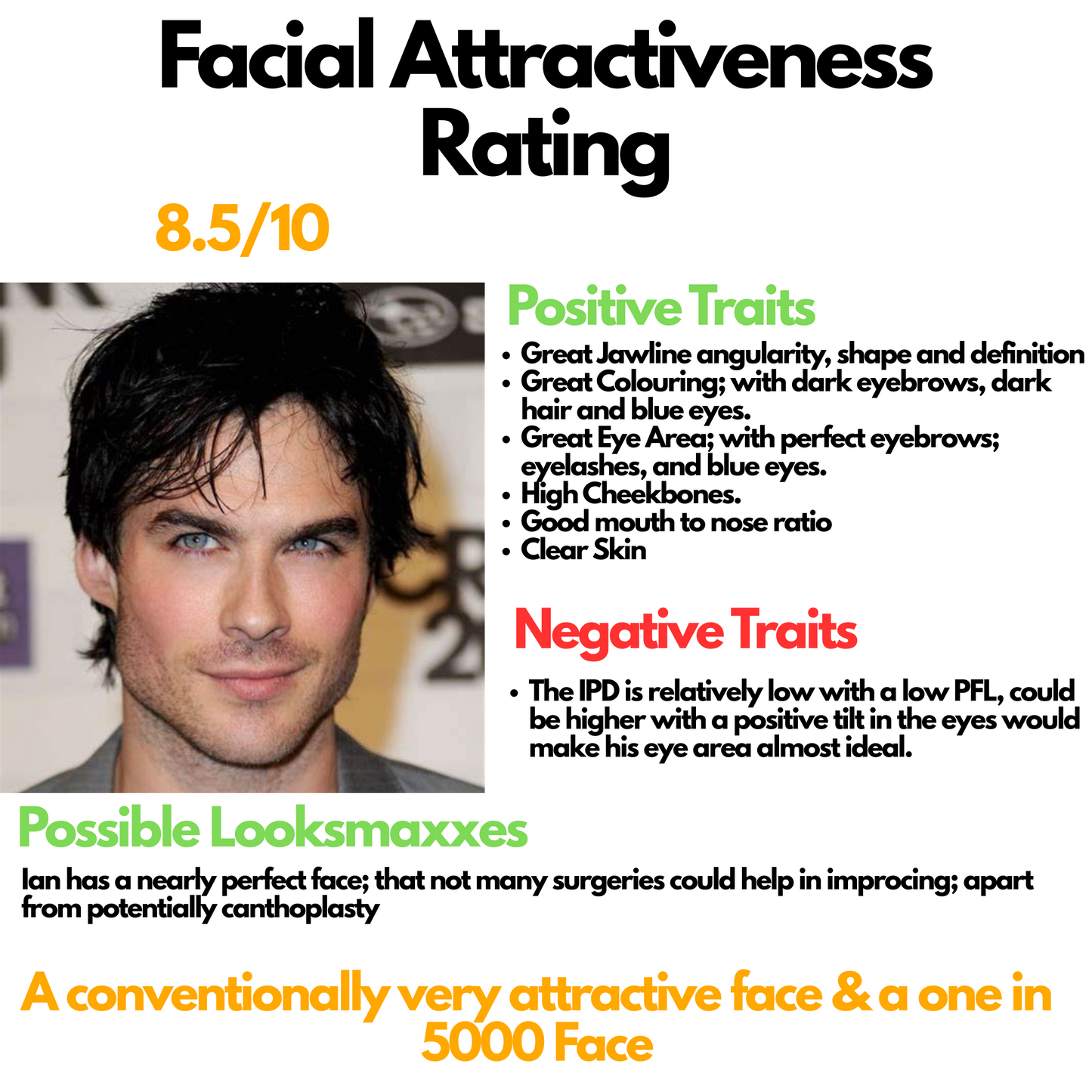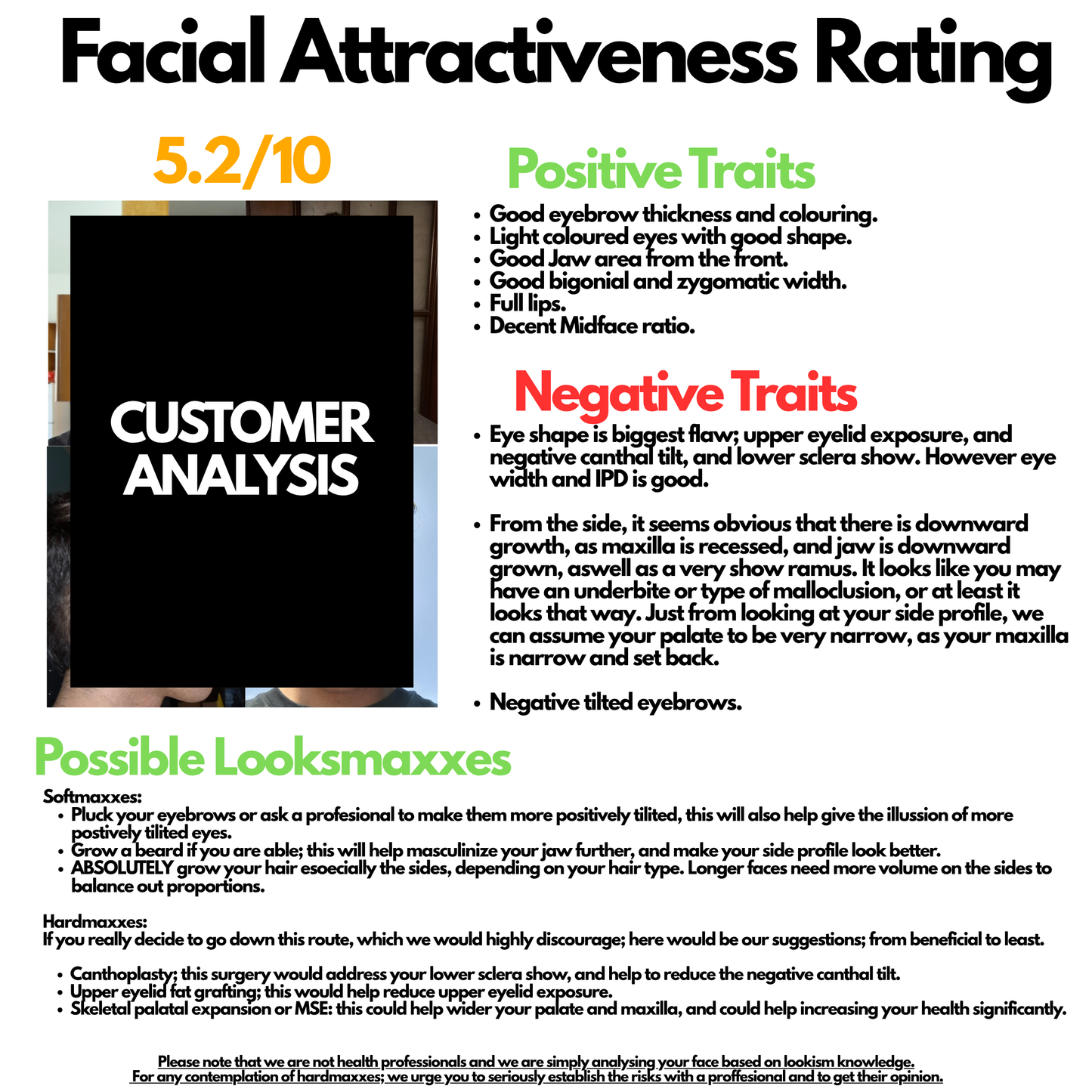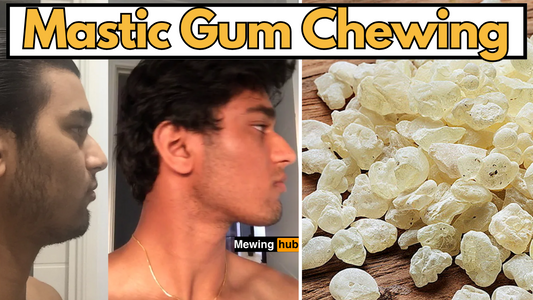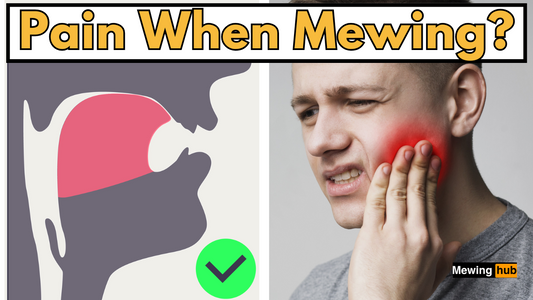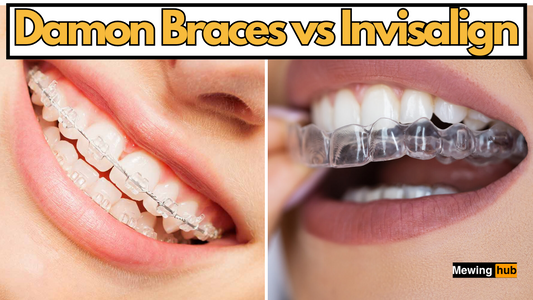Mewing with Braces, Should you Do It?
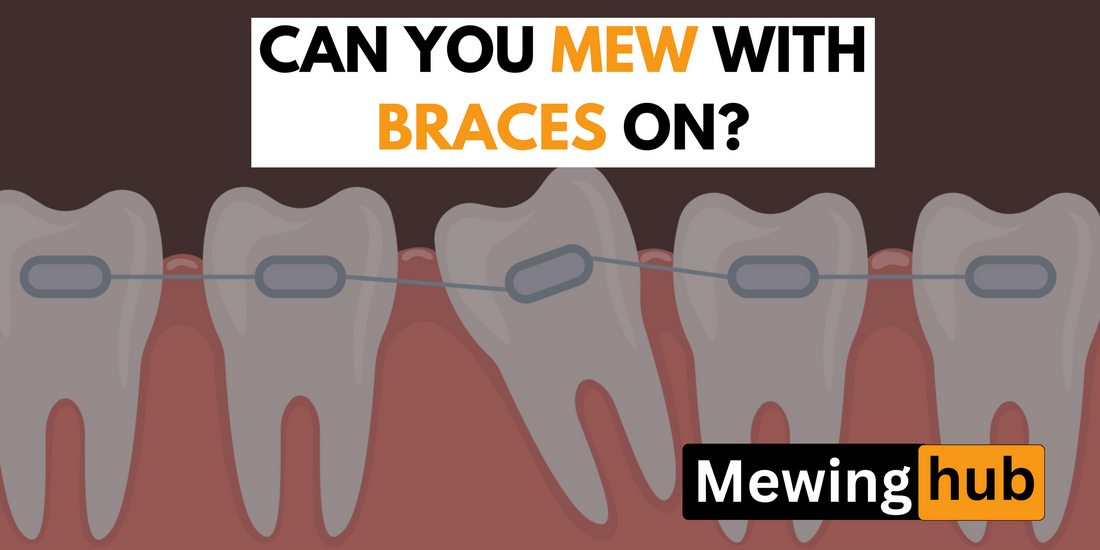
Share
If you've landed here, chances are you're keen on sculpting your jawline and achieving a captivating smile, much like the numerous enthusiasts of mewing.

Introduction to Mewing & Braces
Given the remarkable impact of mewing on facial harmony, you may be considering continuing mewing even while wearing braces to refine your teeth alignment and chisel your jawline.
However, there are essential factors to contemplate before embarking on the journey of mewing with braces.
If you've recently had dental braces to enhance your smile and are pondering how to incorporate mewing into your orthodontic routine, we've got you covered.
This guide will enlighten you on:
- The compatibility of mewing with braces.
- Step-by-step instructions for practicing mewing alongside braces.
- The types of braces that best align with the principles of mewing.
- Insights from experts on the feasibility of combining mewing and braces.
- Tips to maximize the effectiveness of mewing with braces.
Can You Practice Mewing with Braces, and Does It Yield Results?
Absolutely, you can practice mewing while wearing braces, provided you have the right type of braces that are compatible with mewing techniques.
Mewing with braces can indeed be effective if your braces are designed to advance your teeth without hindering the proper tongue posture.
However, it's crucial to recognize that the extent of success may vary from person to person.

A 2 year Mewing Transformation with braces
While some individuals may experience remarkable benefits from combining mewing and braces, others might not see the same results.
It's important to note that fundamental mewing practices such as correct swallowing, tongue placement, and mouth closure should not be significantly impeded by braces.
Is Mewing More Effective Without Braces?
To understand whether mewing is more effective with or without braces, it's imperative to grasp the essence of mewing itself.
"Mewing" involves adopting proper tongue posture to potentially enhance facial harmony, dental alignment, and jawline development.

This technique entails resting the tongue against the roof of the mouth while maintaining sealed lips and nasal breathing.
The efficacy of mewing, with or without braces, hinges on individual circumstances. These two approaches are not necessarily mutually exclusive and can complement each other effectively.
However, Dr. Mike Mew's philosophy suggests that whether you practice mewing with or without braces, the ultimate impact on your results is likely to be minimal.
What truly matters is unwavering commitment to maintaining the correct tongue posture.
Dr. Mew emphasizes that achieving exceptional mewing results revolves around employing the right technique, which remains consistent irrespective of whether you have braces or not.
How to Practice Mewing with Braces
Now that you understand the compatibility of mewing with braces, let's delve into the significance of maintaining the correct mewing tongue posture.
Once you've adopted the proper mewing technique, it's advisable to practice it throughout the day, similar to how you would work on improving your posture.
Over time, this correct tongue posture becomes a natural habit, offering numerous benefits to your teeth, face, and jaw.
 .
.
Here are seven steps to effectively practice mewing with braces:
-
Close your mouth and seal your lips together.
-
Gently bring your teeth together in a natural position without forcing or grinding them.
-
Place your tongue against the roof of your mouth (palate) lightly, ensuring that the tip doesn't touch your front teeth.
-
Distribute the pressure evenly across your palate, covering its entirety.
-
Be mindful of the pressure sensations throughout your head, ensuring it doesn't cause discomfort.
-
Maintain unobstructed airway and prioritize comfort.
Mewing with Braces
Before and After Outcomes Mewing with braces can seamlessly complement one another when the mewing technique is correctly mastered.

It's vital to acknowledge that results may vary from person to person.
Which Types of Braces Work Well with Mewing?
Before harboring unrealistic expectations of mewing with braces, it's advisable to familiarize yourself with the types of braces that align well with mewing principles.
-
Metal Braces:
- Compatibility with Mewing: YES
- Metal braces, with their metal brackets and wires, are commonly used to gradually align teeth. They are cost-effective but may pose challenges in terms of aesthetics and cleaning. Ensure your tongue doesn't interfere when practicing mewing with metal braces.
-
Self-Ligating Braces:
- Compatibility with Mewing: YES
- Similar to metal braces, self-ligating braces employ clips instead of elastics to secure wires. These braces may shorten the treatment duration and require fewer dental visits but tend to be more expensive.
-
Ceramic Braces:
- Compatibility with Mewing: YES
- Ceramic braces feature brackets and wires that blend seamlessly with teeth, making them less visible. They can expedite treatment like metal braces but come at a higher cost and are susceptible to staining.
-
Invisalign:
- Compatibility with Mewing: YES
- Invisalign braces are renowned for their inconspicuous nature. They should not pose significant issues for mewing practitioners. However, it's essential to assess whether your tongue comfortably touches the palate while wearing Invisalign braces.
-
Lingual Braces:
- Compatibility with Mewing: NO
- Lingual braces are affixed to the rear of teeth, rendering them invisible when smiling. Nevertheless, they tend to be more expensive, less comfortable, and less suitable for addressing substantial dental issues. We do not recommend practicing mewing with lingual braces, as it may hinder both your progress and comfort.
In conclusion, mewing and braces can harmonize effectively, as long as you select the right type of braces and diligently adhere to proper mewing techniques.
With patience and dedication, you can enhance your facial harmony, dental alignment, and jawline development.
Want to Learn all that you need to Know about Mewing ?


